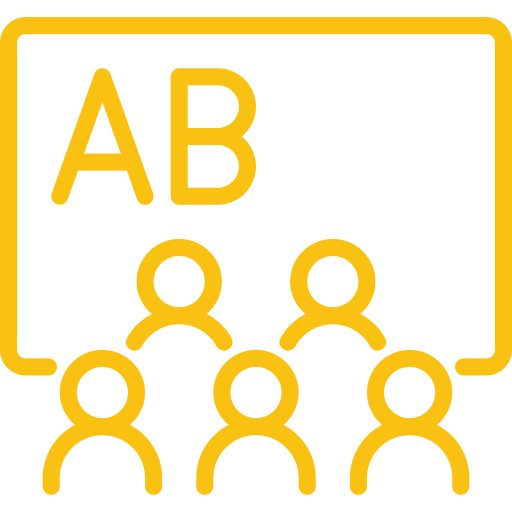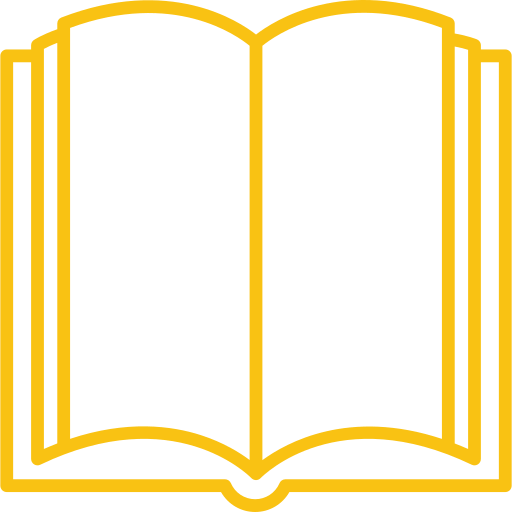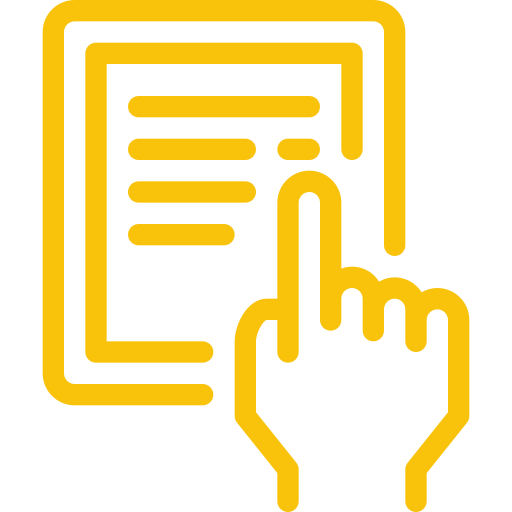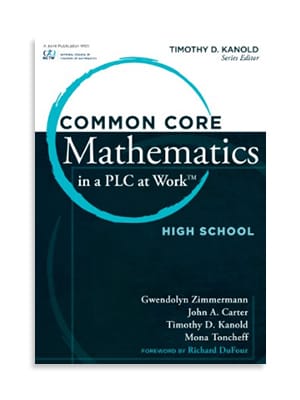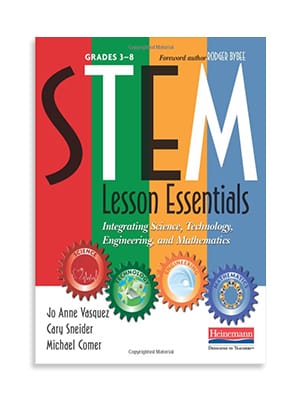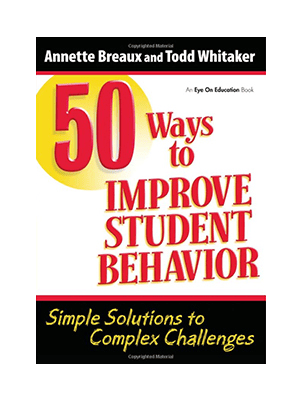“As more teachers turn to distance learning in these challenging times, we wanted to provide a few creative assignments that can be easily modified to meet the needs of students with different interests and skill levels.
These activities can work across content areas, and they also don’t rely on specific apps or online programs for implementation – a welcome break for teachers and families that may be wrestling with access issues! Read on for a few simple ideas you can start using right away.
1.Tic-Tac-Toe Boards, aka Choice Boards
Choice boards can be a great option for distance learning (or in class) because they can be sent home at the beginning of the week and students do not have to report or record their activities until the end of the week. This takes the pressure off students and families that may struggle with daily due dates or have connectivity issues.
With these simple “game boards,” students receive a variety of tasks to complete and can choose any three in a row horizontally, vertically, or diagonally, to successfully complete the board. Teachers can thoughtfully arrange tasks to ensure variety across skill-areas (such as reading and writing) or across topics within a single subject (such as tasks related to simile, metaphor, alliteration, etc.) Teachers can also arrange tasks that incorporate a variety of intelligences, such as tasks that call on musical, verbal, or naturalist abilities. If you do have technology access, you can include links to related videos or articles right in the boxes when you email these out at the beginning of the week. See an example below for ideas!
Science Tic-Tac-Toe
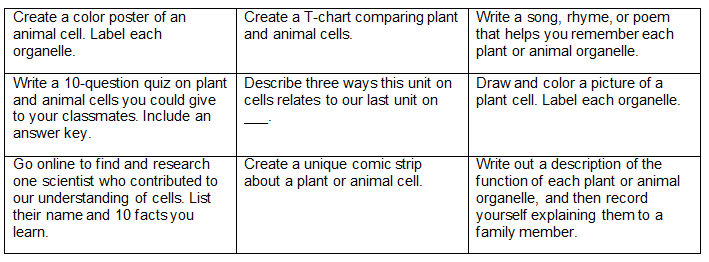
2.RAFT Writing Assignments
This is a great activity that asks students to apply their knowledge in a creative writing piece. RAFTs occupy a nice middle ground between standard, “dry” essays or informational paragraphs and “free-for-all” journals or creative writing. RAFTs can be used with most fiction or nonfiction texts and work great in language arts, social studies, and science classes.
RAFT stands for Role, Audience, Format, Topic (or Time). Teachers provide a short menu of choices for each of these attributes, and students choose one from each column to complete the task.
· Role of the Writer – Who are you as the writer? Examples: President Abraham Lincoln, a Roman soldier, an endangered Harpy Eagle
· Audience – To whom are you writing? Examples: A news reporter, a group of Civil War veterans, members of congress
· Form: What form will the writing take? Examples: A letter, a poem, a rap or song, a classified ad – you can also have one option be “student’s choice” to allow for more creativity here!
· Topic – What’s the subject or the point of this piece? Examples: Why the South tried to secede from the Union, the importance of environmental protections, “A day in the life” (or use Time, below)
· Time – What is the time period for this piece? Examples: Two years after the end of the Civil War, a specific year in history, “ten years after the book ends” (You can swap out Time for Topic to make things a little simpler for certain assignments or subjects).

Like the Tic-Tac-Toe boards, teachers can differentiate this assignment by offering variations in within a single menu, such as making roles or formats more or less complex. For younger students or less experienced writers, teachers can also offer fewer choices overall or create more straight-forward combinations to not overwhelm students. This assignment can also be differentiated by changing the required length or word count or asking students to complete more than one combination.
